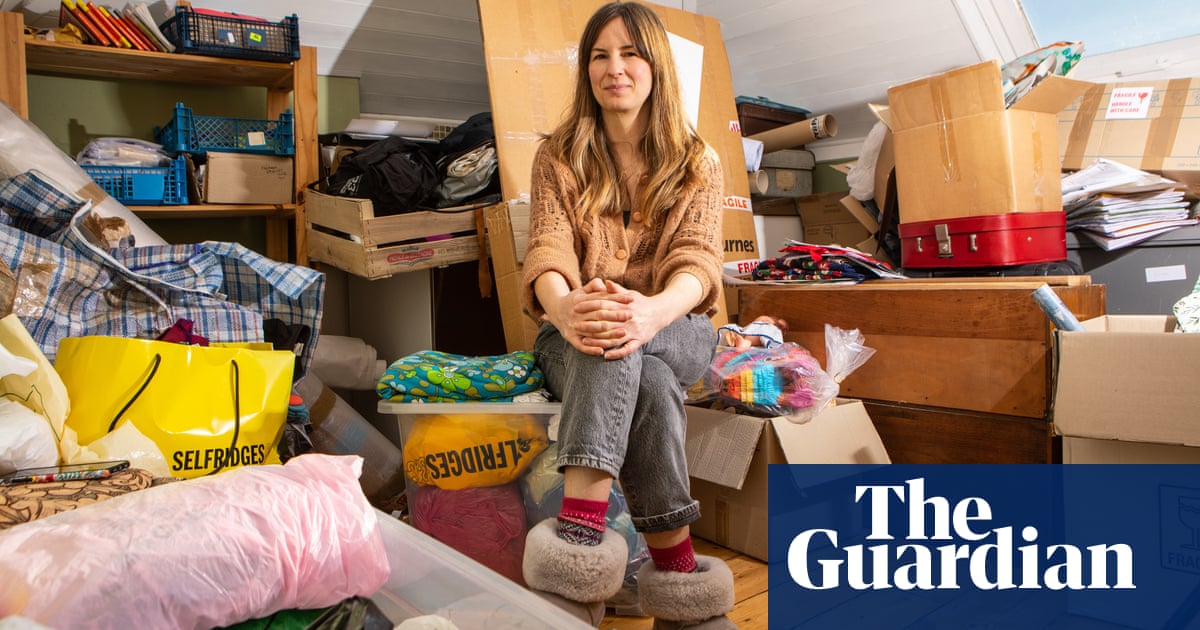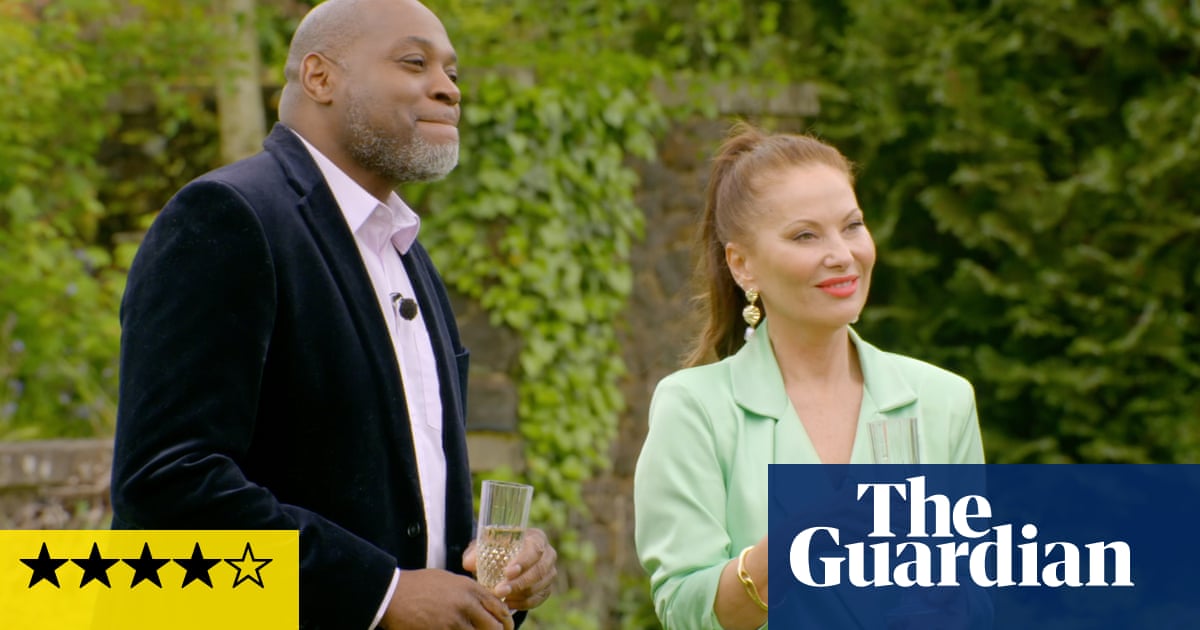
Last month, I flew to Washington DC for a friend’s wedding, then took the train to New York City, where I had scheduled some work meetings and an in-conversation event for my friend’s book launch. As I made my way through DC’s Union Station, a man in khakis barreled toward me at full speed. I moved to get out of his path, lost my balance and fell on to the marble floor, landing hard on my right knee.
I knew immediately something was very wrong. I managed to board the train, but when I got to New York, I was in severe pain and could barely walk.
I considered powering through the week on ibuprofen and denial, but my body would have none of that. I couldn’t put weight on my right leg or navigate the stairs of the second-floor brownstone apartment where I was staying. Even the most basic things felt borderline impossible. When I sat on the toilet, for instance, my bent knee screeched in anguish so I had to scoot to the front edge of the seat and stick my leg out at an awkward angle.
I canceled on my friend for her big event, called off the meetings and flew home three days early, using wheelchair service to navigate the airport.
Going home was the obvious course of action, yet I felt terrible about not being there for my friend. Also, I was angry at my body for what felt like a betrayal. At the airport, my cheeks flushed as others watched me being wheeled in and out of elevators and through security lines – and then I felt ashamed for being embarrassed about being temporarily disabled.
The situation wasn’t even a novel one. At a dance class two years ago – an activity essential to both my physical and mental health – I injured my left knee. The injury was misdiagnosed and I spent a year doing two rounds of physical therapy until I finally got an MRI that showed I had a torn meniscus. There is no option for repairing the cartilage, so I live with the damage and manage the pain, which comes and goes, and probably always will.
Disability is not a fixed or permanent label that belongs only to some people; it arrives for each of us
Sara Hendren
My experience with physical therapy was humbling – so many hours spent trembling, breaking a sweat or into tears trying to do “simple” tasks such as lifting my left butt cheek off the floor with my right leg up in the air. But bit by bit, I did get stronger, building up the muscles supporting my knee joint, replacing insecurity and tentativeness with stability.
In midlife, cartilage begins to break down, and our tendons and ligaments lose elasticity. All people will begin to experience muscle and bone density loss, and the hormonal changes of menopause can lead to even greater losses. These, in turn, lead to decreases in strength and mobility, and higher rates of osteoporosis, fall-related fractures and disability.
“Disability is not a fixed or permanent label that belongs only to some people; it arrives for each of us,” writes the designer and educator Sara Hendren in her book What Can a Body Do? The same can be said of middle age.
“Short-term injury and long-term illness, changes in our perception and mobility (and the perceptions of others about us), the chronic misfires that happen in our emotional makeup – if it’s not a reality in your life now, it’s sure to be so in some form, in your own body or among those who share your intimate life,” writes Hendren.
I have zero expectation that I will “bounce back” from this latest injury. That’s just not how my body works any more. But I know I will heal – and that healing is not always quick or linear. The question I ask myself now is: “What can I do to make my recovery as smooth as possible?”
So now I, a perimenopausal person who likes to take daily naps, do exercises every day – to support my problem joints, but also to guarantee that I can move the way I want for as long as possible. I use hand and ankle weights, or household objects and the weight of my own body resisting gravity. I lean on the kitchen counter or the back of my desk chair as I stick my leg out and raise it 40 times, or do 20 fire hydrants and feel my ass light on fire.
This kind of discomfort comes at my invitation, and feels like energy I can use to create change – to grow stronger, not shrink from challenges and pursue all pleasures available to my ever-evolving, middle-aged body. To continue to take up space.
It is a privilege to continue to live – walk, dance and, yes, fall – in an ageing body. Growing older may weaken our bodies, but that doesn’t mean we are destined to be weak.
“The culture shapes us and we shape it,” writes the psychologist Mary Pipher in her 2019 book Women Rowing North. “As our bodies grow old, we must find new ways to stay engaged and empowered. We must care for our ageing bodies and teach the culture to care about us.”












